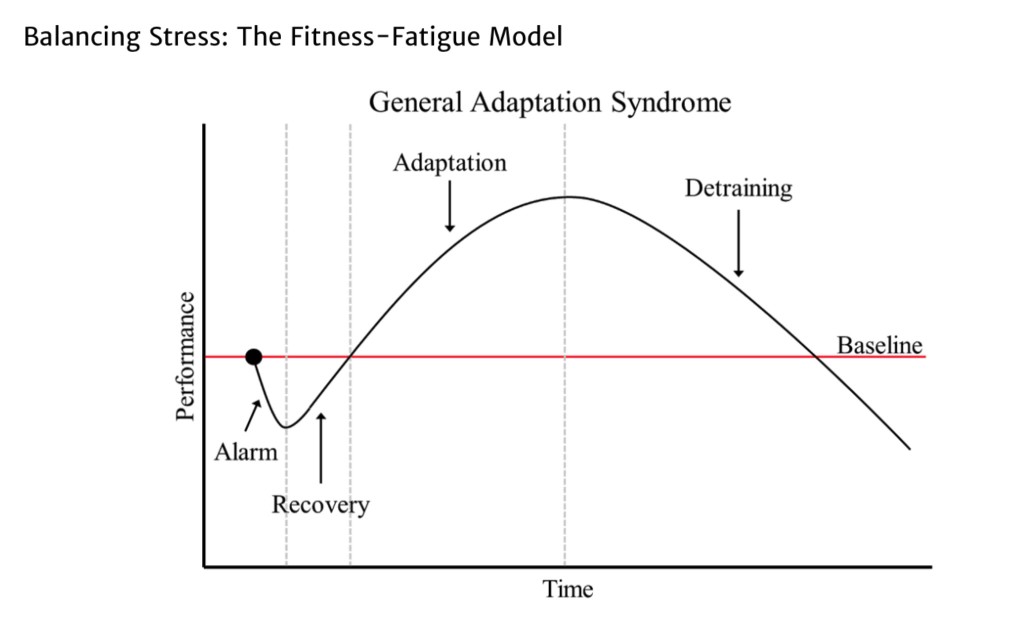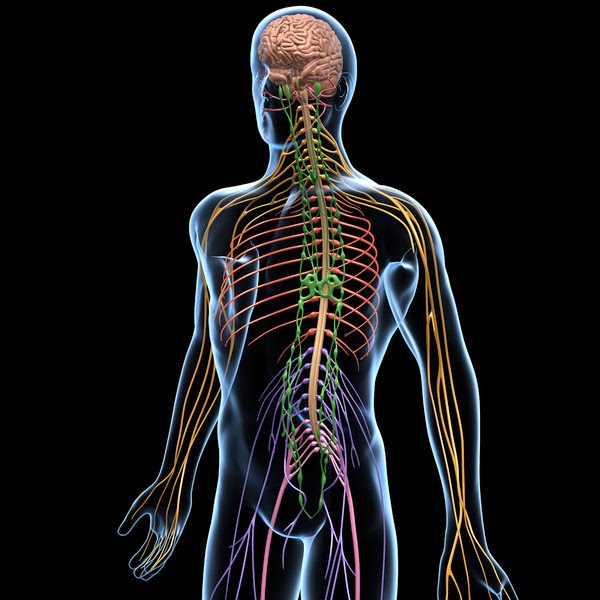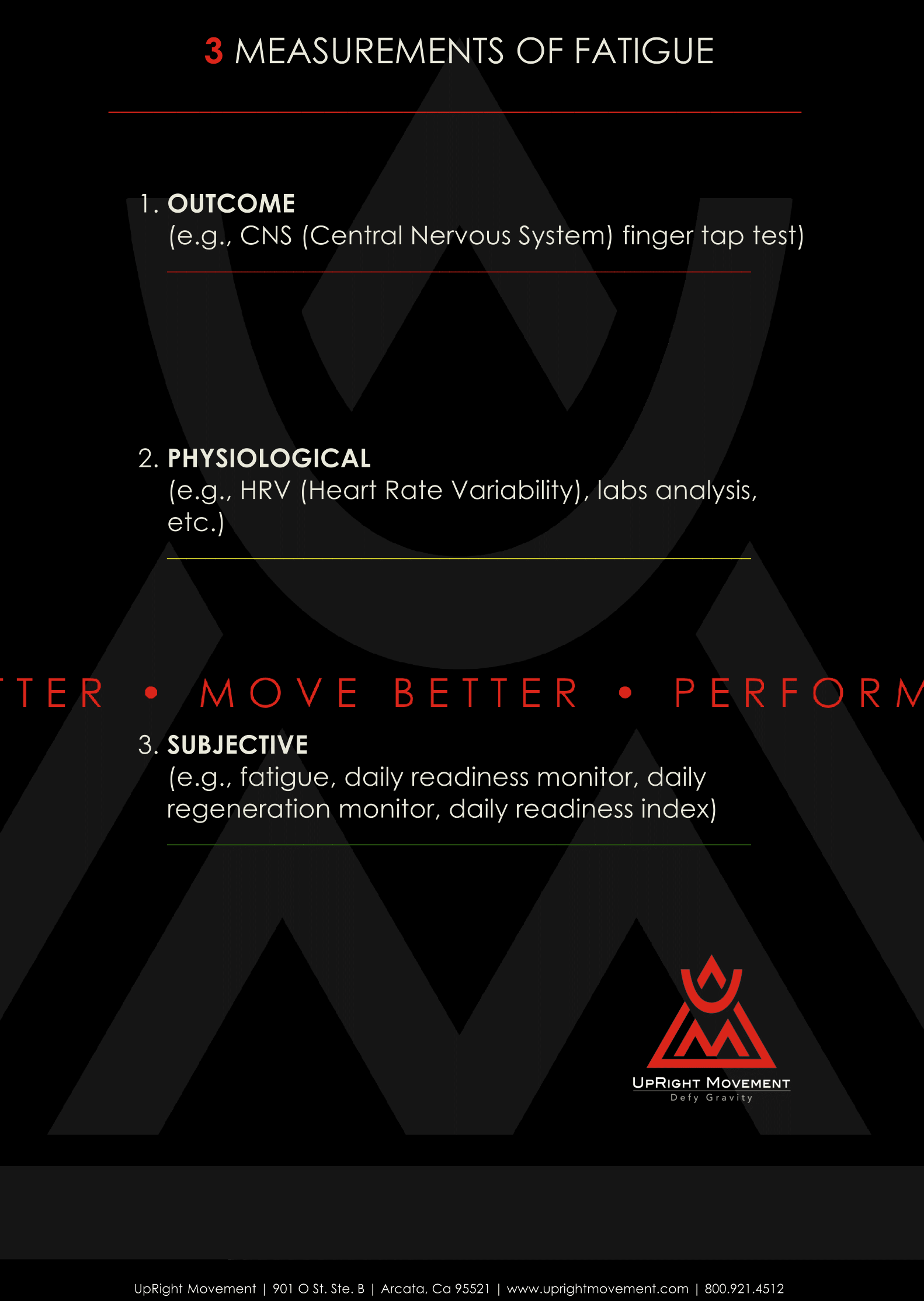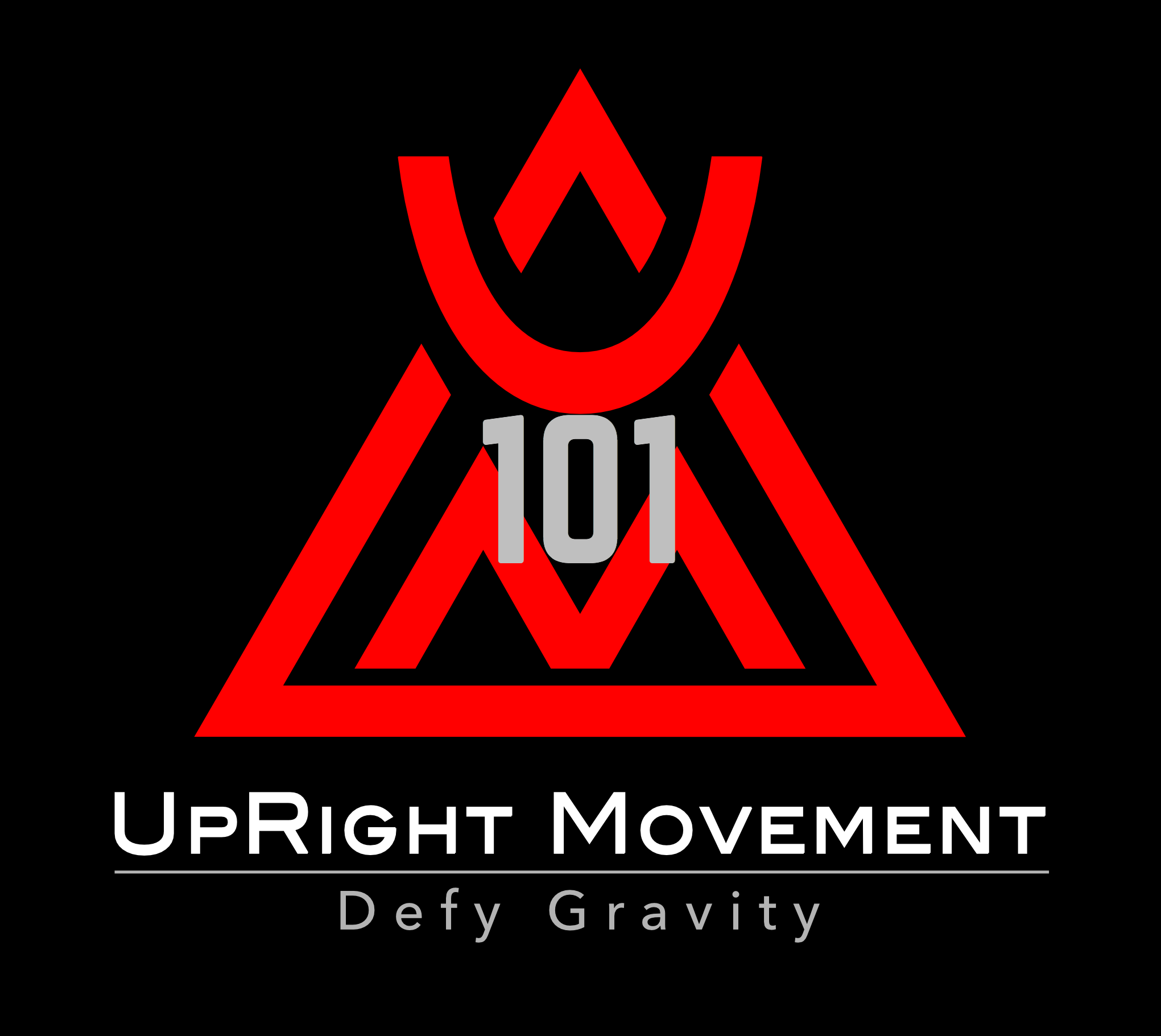“A man should look for what is, and not for what he thinks should be.”
Stress was originally coined by Hans Selye in 1956, describing the general adaptation syndrome where the initial response, the alarm stage, is negative, with the physiological state of the organism decreasing following the imposition of stress shown in the image below. A more comprehensive model of the physiological responses to training stimuli is the fitness-fatigue theory. Proposed in 1982 by Banister, the fitness-fatigue model argues that different training stresses result in different physiological responses, particularly using an individual’s baseline of training to better quantify fitness (a positive adaptation) versus fatigue (a negative adaptation). How it works: The framework takes your fitness level and subtracts your fatigue to estimate performance. The fluctuations in your daily performance show your fatigue. See this study published in the Strength and Conditioning Journal for more on the fitness-fatigue model.
 When quantifying fatigue, it’s importance to look at two different types of data. The first is what you did to recover. UpRight Movement wants to know your mindset, how you are breathing, how you slept, what you ate, how you managed stress, and if you used secondary recovery tools (e.g., cold plunge, massage, etc.). Next we want to measure your readiness by looking at:
When quantifying fatigue, it’s importance to look at two different types of data. The first is what you did to recover. UpRight Movement wants to know your mindset, how you are breathing, how you slept, what you ate, how you managed stress, and if you used secondary recovery tools (e.g., cold plunge, massage, etc.). Next we want to measure your readiness by looking at:
Outcome-Based Measurements (e.g., CNS (Central Nervous System) Finger Tap Test)
Physiological-Based Measurements (e.g., HRV (Heart Rate Variability), Lab Analysis etc.)
Subjective-Based Measurements (e.g., Fatigue, Daily Readiness Monitor, Daily Regeneration Monitor, Daily Readiness Index)
UpRight Movement is a Force Multiplier supporting your results safely and efficiently through its precision approach, which respects the several essential aspects of health and fitness. UpRight Movement’s readiness checklist helps to monitor your fatigue indicators, qualifying your recovery and level of tolerance for additional training stress. Improve your Mindset and make progress toward your goals by leveraging UpRight Movement Principles. Aid your Recovery, Health and manage Stress so you can feel better, move better, and perform better! The Pillars of long lasting change are: Mindset, Recovery, Nutrition/Hydration, and Movement. For further assistance see UpRight Movement’s Regeneration Guidelines.
Click Here For: 3 MEASUREMENTS OF FATIGUE



